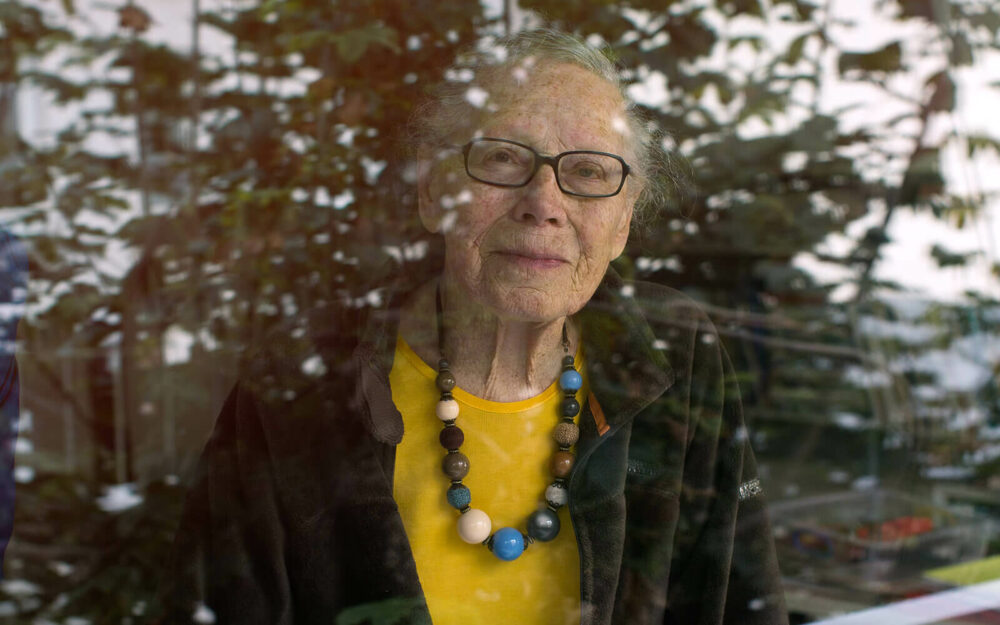1,570 days, 2,407 entries ...
Newsticker, link list, time machine: HOLO.mg/stream logs emerging trajectories in art, science, technology, and culture––every day
December 2021
“More and better facts will not catalyze this sociocultural tipping point, but more and better stories might.”
Following Kyle McDonald’s example, Mexican-Canadian media art icon Rafael Lozano-Hemmer “demystifies” his studio’s funding structure with a money flowchart shared on Twitter. Public funding (green) “is the slowest but most reliable source,” notes Lozano-Hemmer, while private collectors (red) provide resources “the fastest but the most out of my control.” The spontaneous acts of transparency were triggered by questions about art as public service and who is in control.
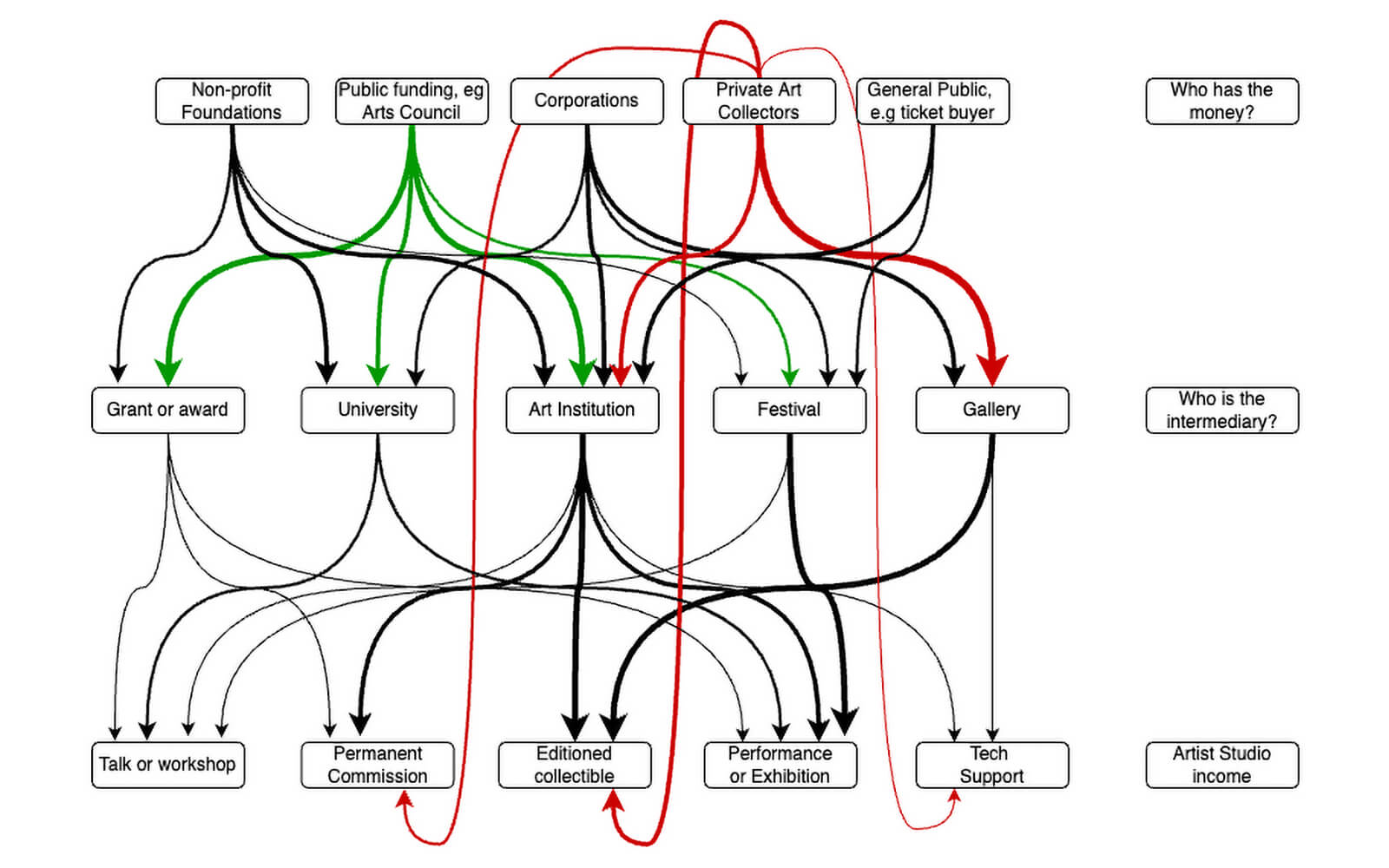
“We had this system of discourse and this way of presenting ideas, and all of it seemed to be spectacular but none of it seemed to have any substance at its core.”
Demosceners celebrate the 30th anniversary of the inaugural edition of The Party, a landmark meetup of ~1,200 young computer enthusiasts in Aars, Denmark, that would inspire similar creative gatherings—demoparties—across Europe for years to come. The three-day jam saw the release of many 16-bit classics such as Hardwired, Odyssey, and Voyage, and, expanding into rave and videogame culture in subsequent years, would draw up to 5,000 annual visitors before its demise in 2002.
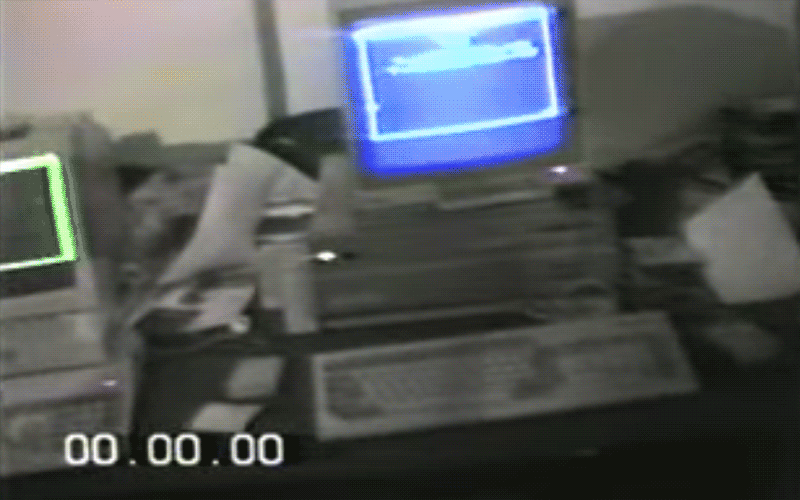
“Now look up at the sun, close your eyes, feel completely wrapped in virtual goods and commerce. That is the ultimate expression of social networks. That is the metaverse.”
“Hello, Robot. Design between Human and Machine,” opens at Hyundai Motorstudio Beijing. A collaboration between the Japanese auto manufacturer’s culture wing and Vitra Design Museum, it aims to “inspire in-depth thinking about the human-machine relationship, and interaction.” Spanning four thematic rooms, the show surveys the history of robots in science fiction, across industrial applications, ‘helpers’ and companions in domestic space, and the fusion of human and machine.
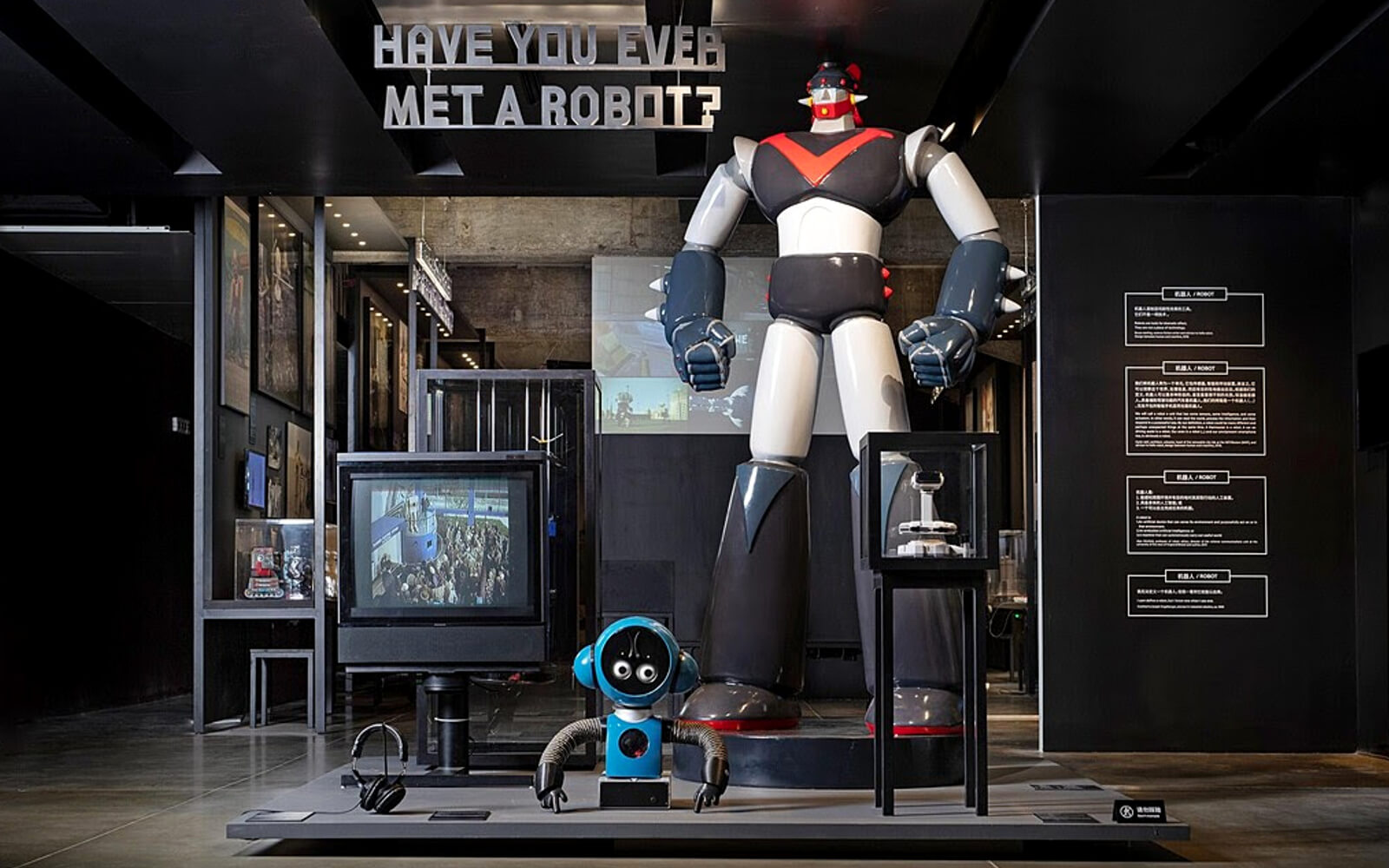
Art blogger Régine Debatty reflects on Éva Ostrowska’s series of post-internet wool tapestries, currently on view at the “Swipe Right! Data, Dating, Desire” exhibition at iMAL, Brussels (image: I am not the only one wondering…, 2019). Rather than using craft for romantic commentary, the French mixed media artist “holds a facetious and slightly cruel mirror to our new dating habits,” notes Debatty. “Her woolly compositions lay bare our insecurities, little infamies, and anxieties.”
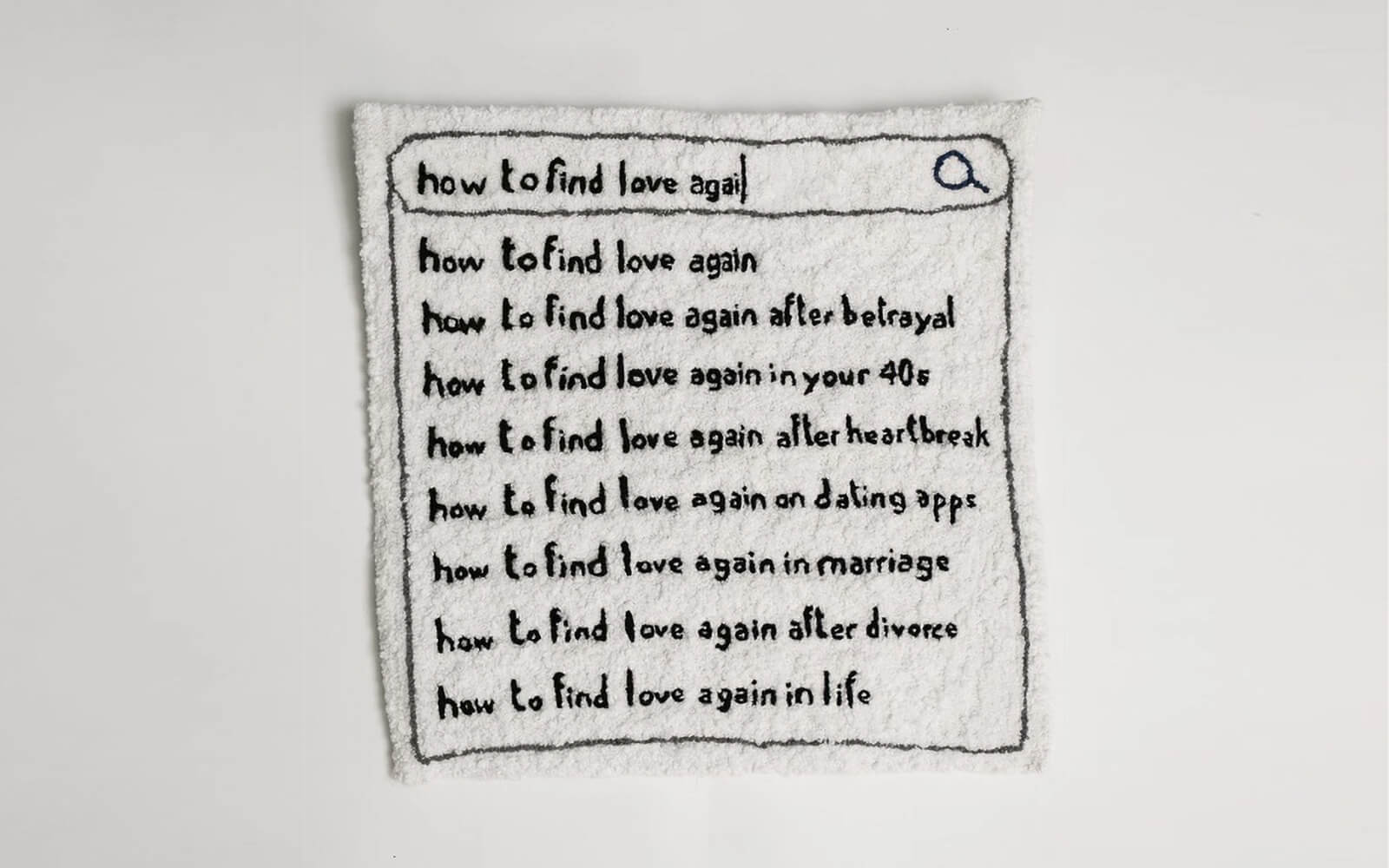
Shortly after liftoff from a French Guiana spaceport, the James Webb Space Telescope departs Earth’s atmosphere. Outfitted with sophisticated infrared sensors, it’s en route to a distant solar orbit where it will study residual heat from stars and galaxies that appeared 13.7 billion years ago. Beyond the bevy of sensors, its 6.5 m primary mirror is seven times more effective at light gathering—it will see further into the past—than the long-ailing Hubble Telescope.
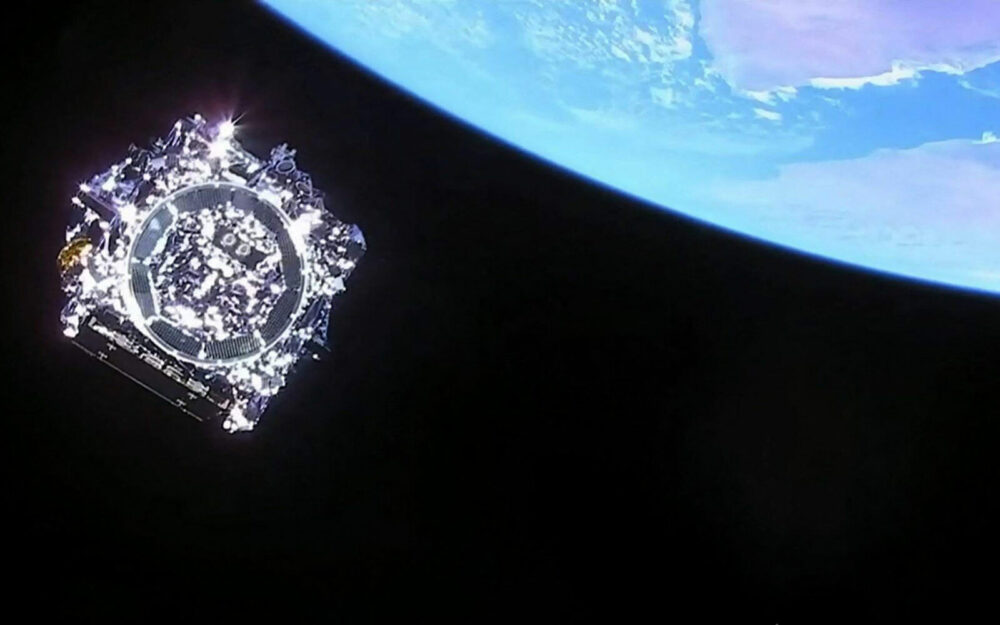
“Servers are places, vessels, townships. This feeling of leaving an old home is profound.”
Psychologist Eiko Fried points out the curious path pattern 800 unsteered bicycles create when pushed in Matthew Cook’s 2004 computer simulation. In his paper “It Takes Two Neurons To Ride a Bicycle,” the CalTech mathematician and computer scientist demonstrated that a two-neuron network can learn how to cycle, displaying human characteristics: “Just as when a person rides a bicycle, the network is very accurate for long range goals, but in the short run stability issues dominate the behavior.”
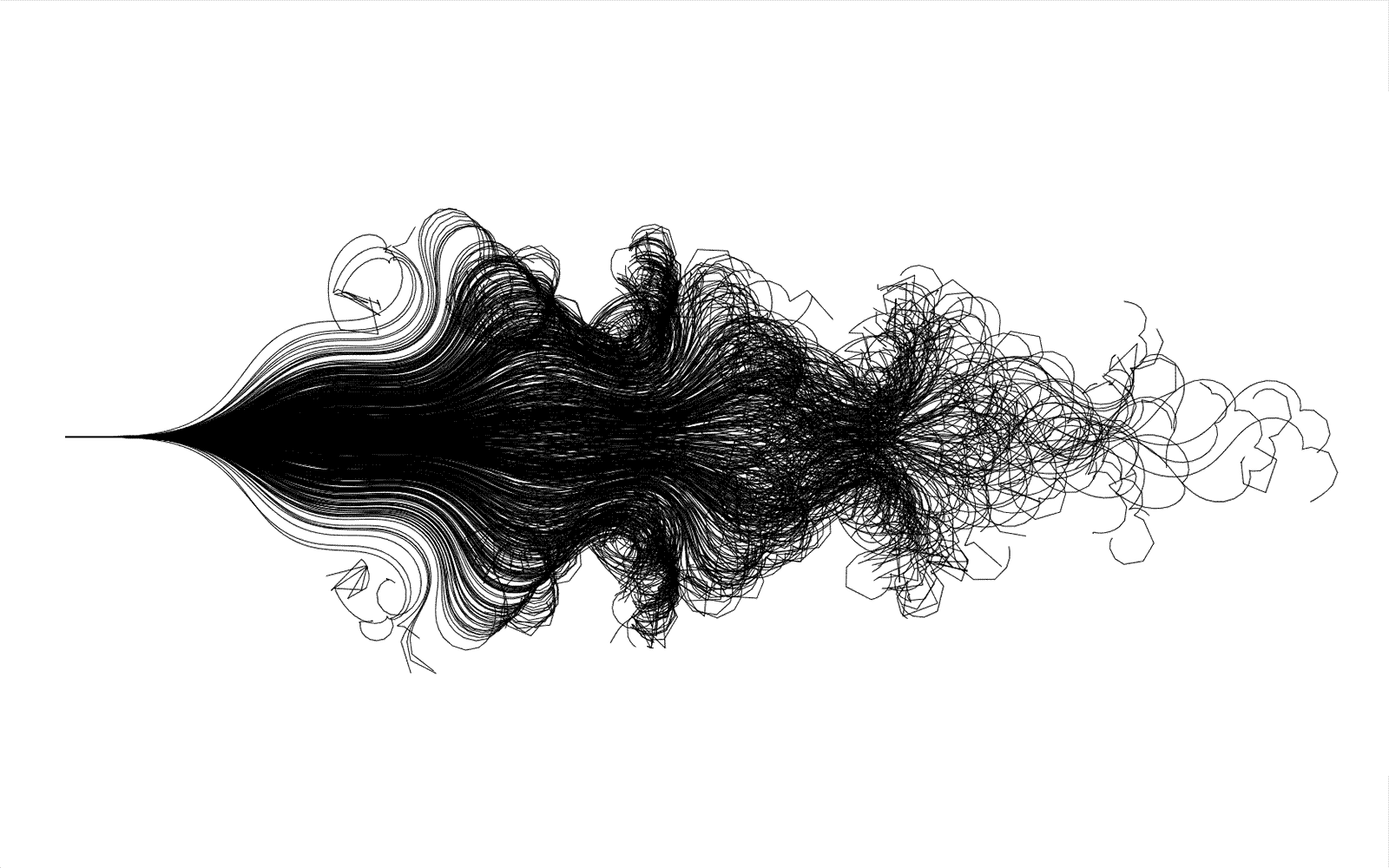
“Between 2006 and 2010, Second Life was the place to be for a vibrant art scene—despite the ugly graphics, the commodification, the unregulated, capitalist economy.”
Critic Andrew Russeth offers incisive analysis of Liz Larner’s “rare and admirable” restlessness. While known as an innovative sculptor, Russeth argues Larner’s passage through other fields warrants serious attention. Several 1980s works are discussed, including a microorganism decomposition study (image: Orchid, Buttermilk, Penny, 1987), and a kinetic device that rebuffed Survival Research Laboratories’ “outrageously macho robots.”
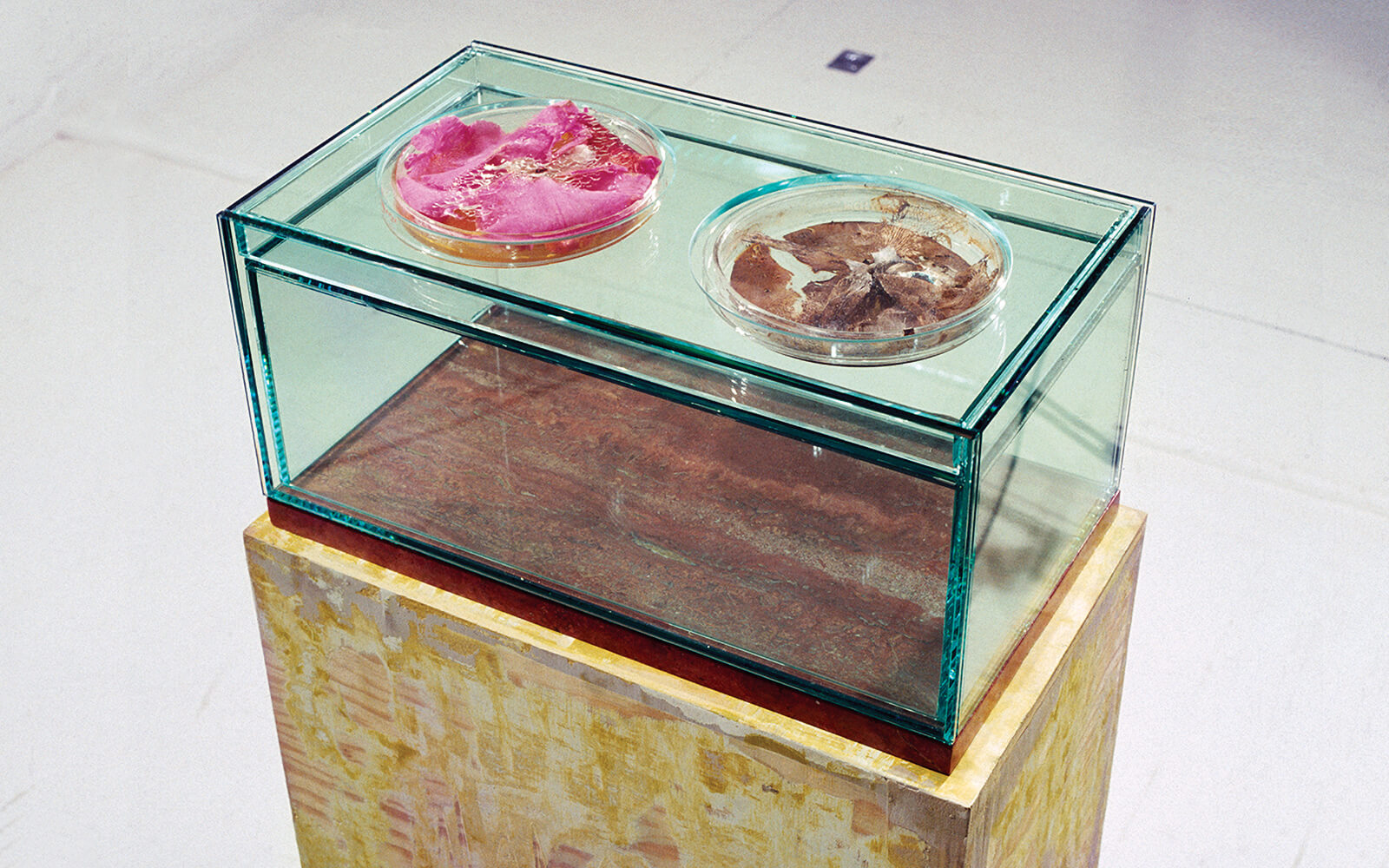
“Canada is warming twice as fast as the rest of the world. We can’t sit idly by when we have the opportunity to shape our collective future.”
darktaxa-project
noPublication
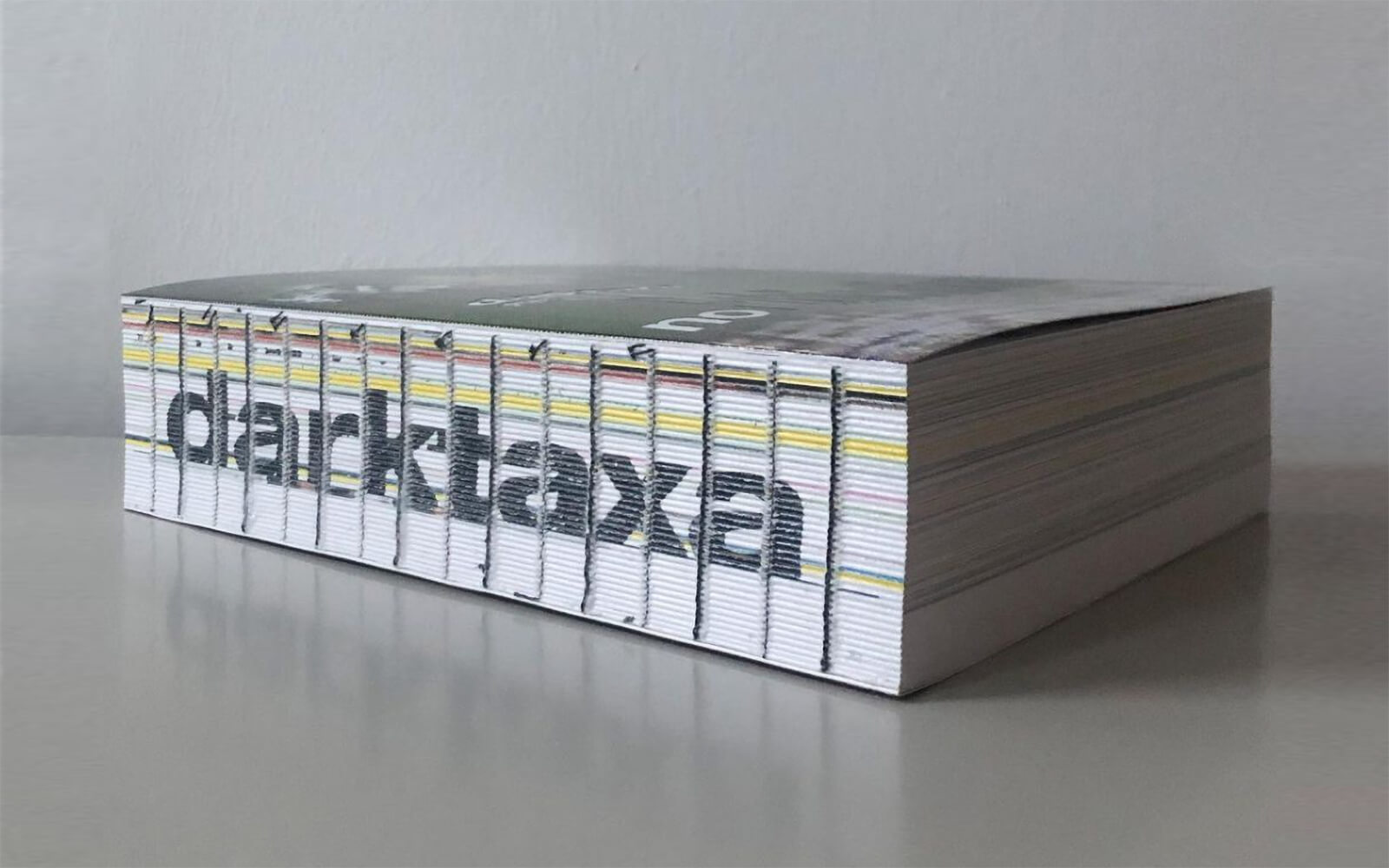
“NFTs seem to me just a way for artists to get a little piece of the action from global capitalism, our own cute little version of financialization. How sweet—now artists can become little capitalist assholes as well.”
“BioMedia: The Age of Media with Life-like Behavior” opens at ZKM Karlsruhe, exploring synthesis, emergence, and biophilia. Over 60 artists including Refik Anadol, Anna Dumitriu, Libby Heaney, Alexandra Daisy Ginsberg, Jakob Kudsk Steensen, Harm van den Dorpel, and Haru Ji & Graham Wakefield (image: Artificial Nature, 2007-) present artificial agents in hybrid ecosystems that demonstrate interdependency. “The sympoetic community of the future will welcome artificial beings […] as a responsibility to life itself.”
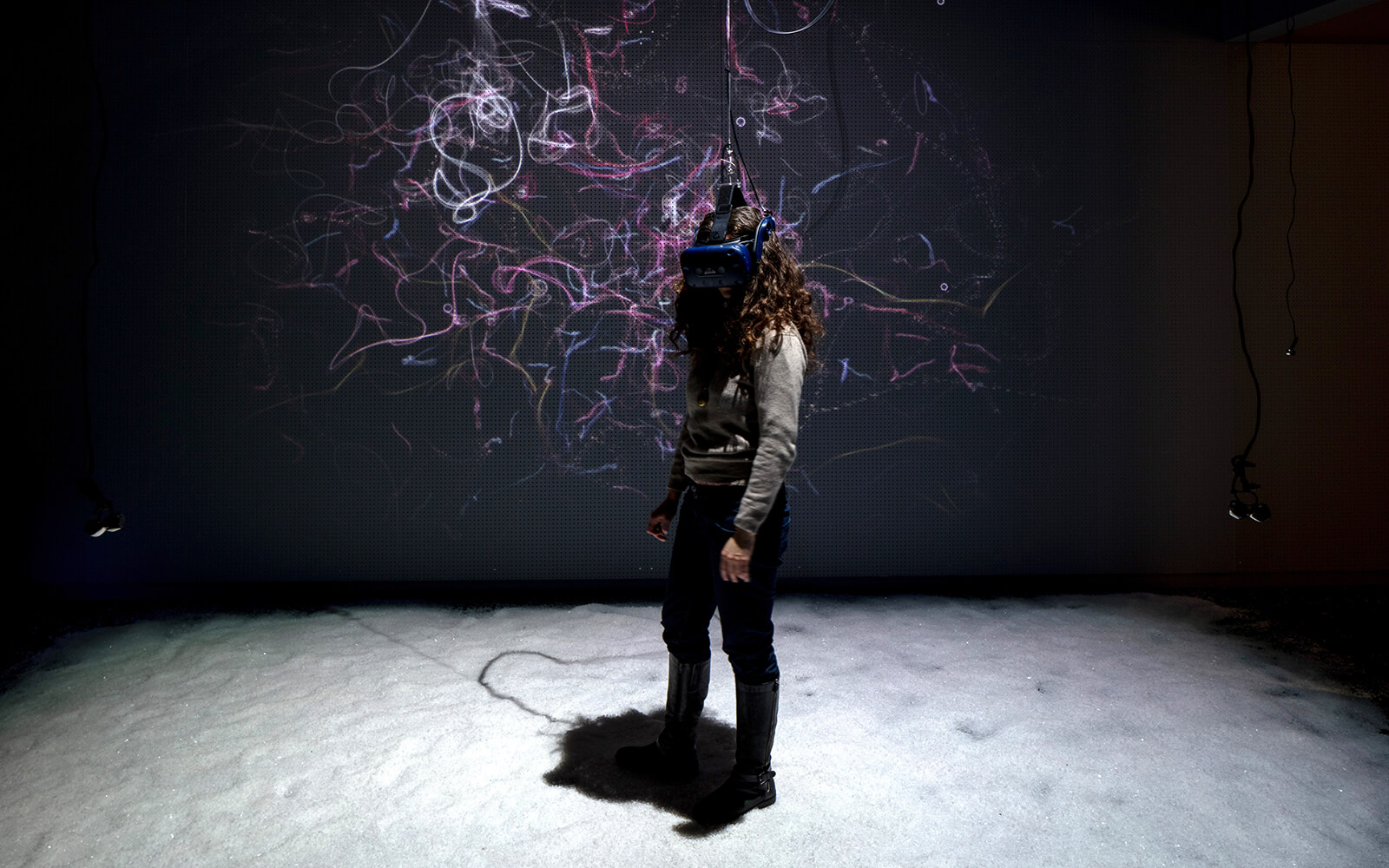
“Butterflies Frolicking on the Mud: Engendering Sensible Capital,” the Thailand Biennale 2021 opens in Korat. Featuring 54 artists exploring the “capital of hope emerging from uncertainty,” its works include David OReilly’s meta-videogame Everything (2017), and a new interactive sculpture version of Keiken’s Wisdoms for Love 3.0 (2021, image) which positions NFT exchange as knowledge sharing (not commerce).
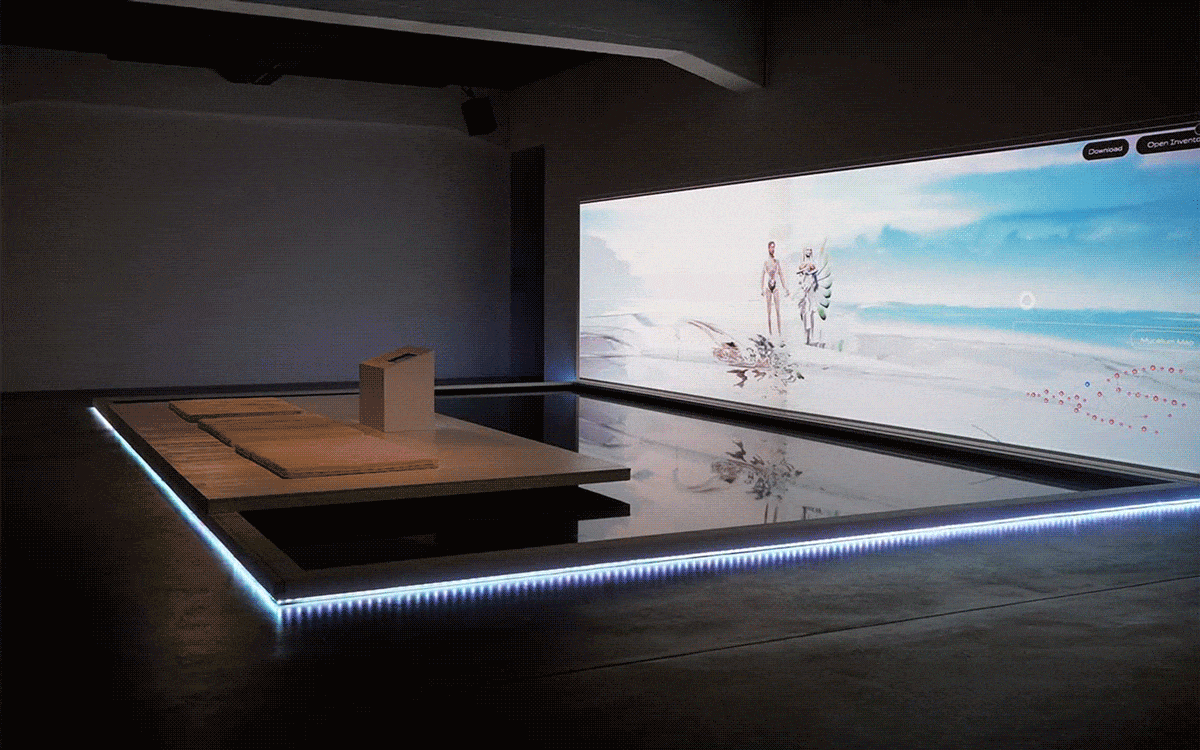
Daily discoveries at the nexus of art, science, technology, and culture: Get full access by becoming a HOLO Reader!
- Perspective: research, long-form analysis, and critical commentary
- Encounters: in-depth artist profiles and studio visits of pioneers and key innovators
- Stream: a timeline and news archive with 1,200+ entries and counting
- Edition: HOLO’s annual collector’s edition that captures the calendar year in print
